Prep Newsletter
Term 3

Prep Newsletter
Term 3
Welcome to Term 3 and Learning from Home! We are so proud as teachers of the growth and resilience demonstrated by our Prep learners across the curriculum whilst embracing all the challenges the community faces in 2020.
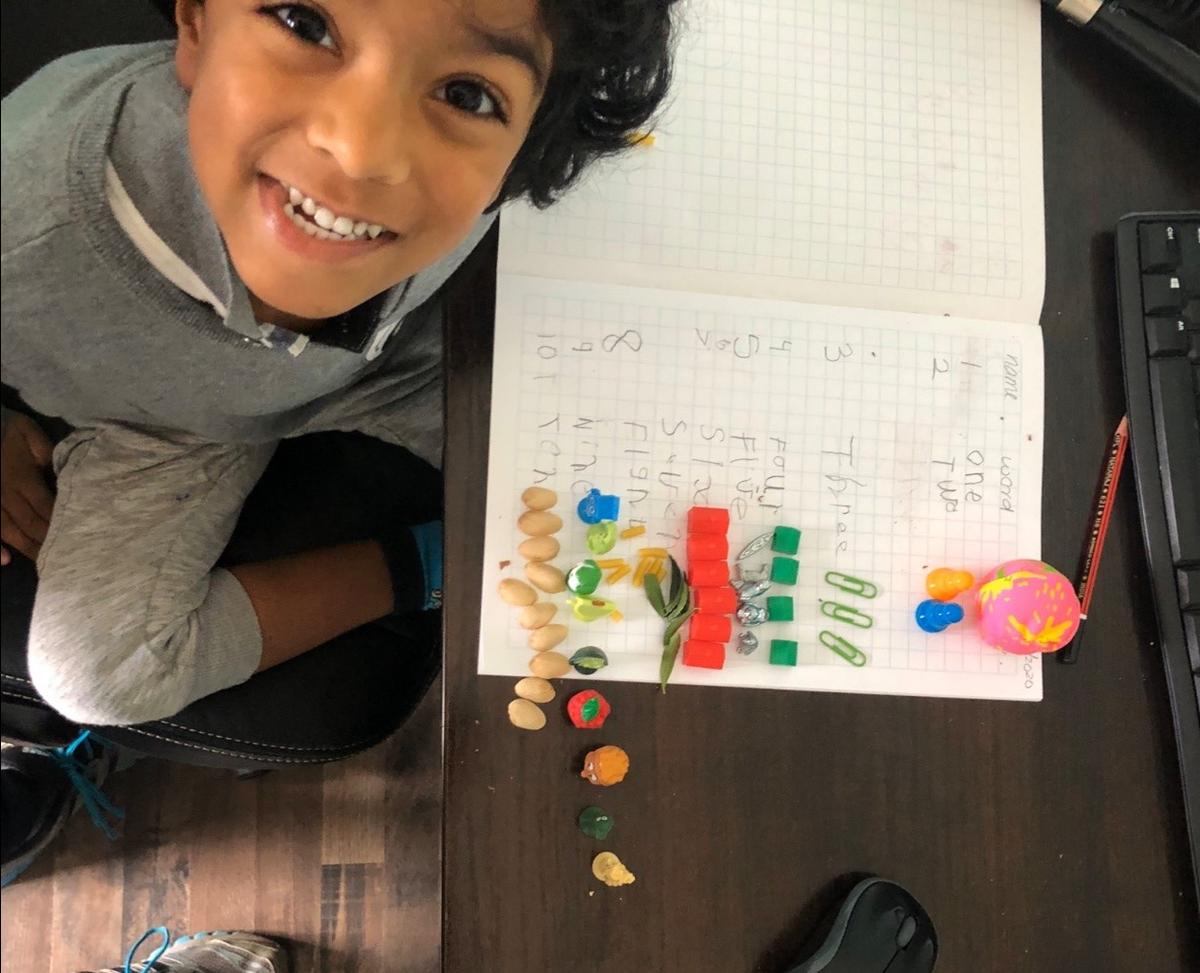
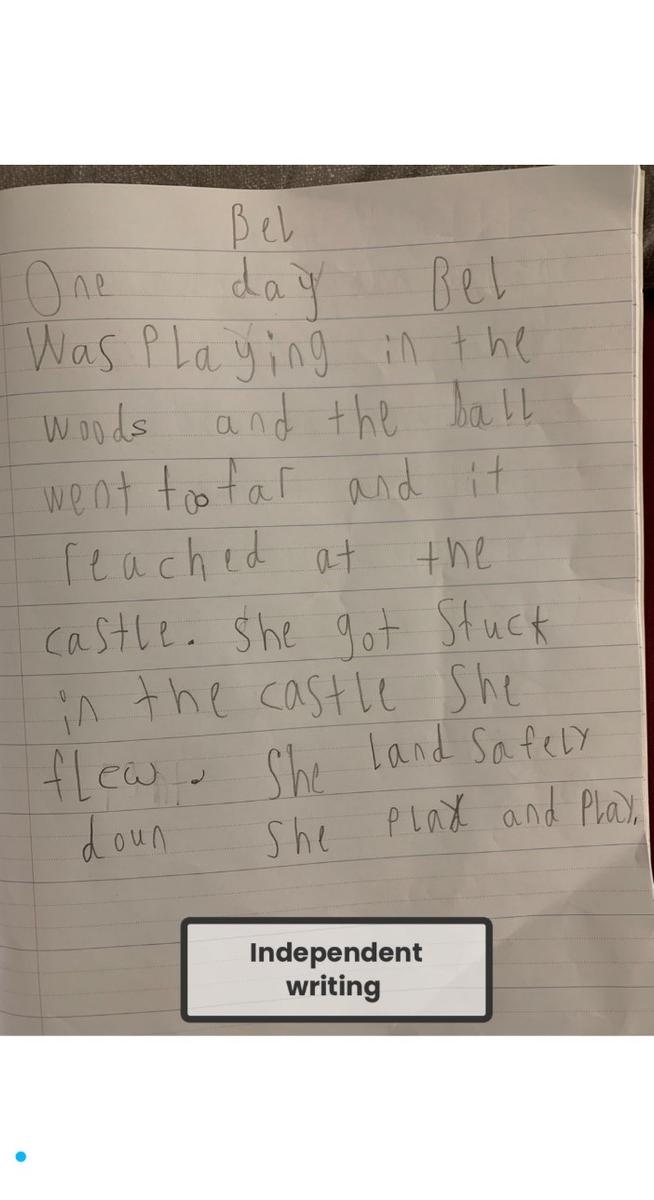
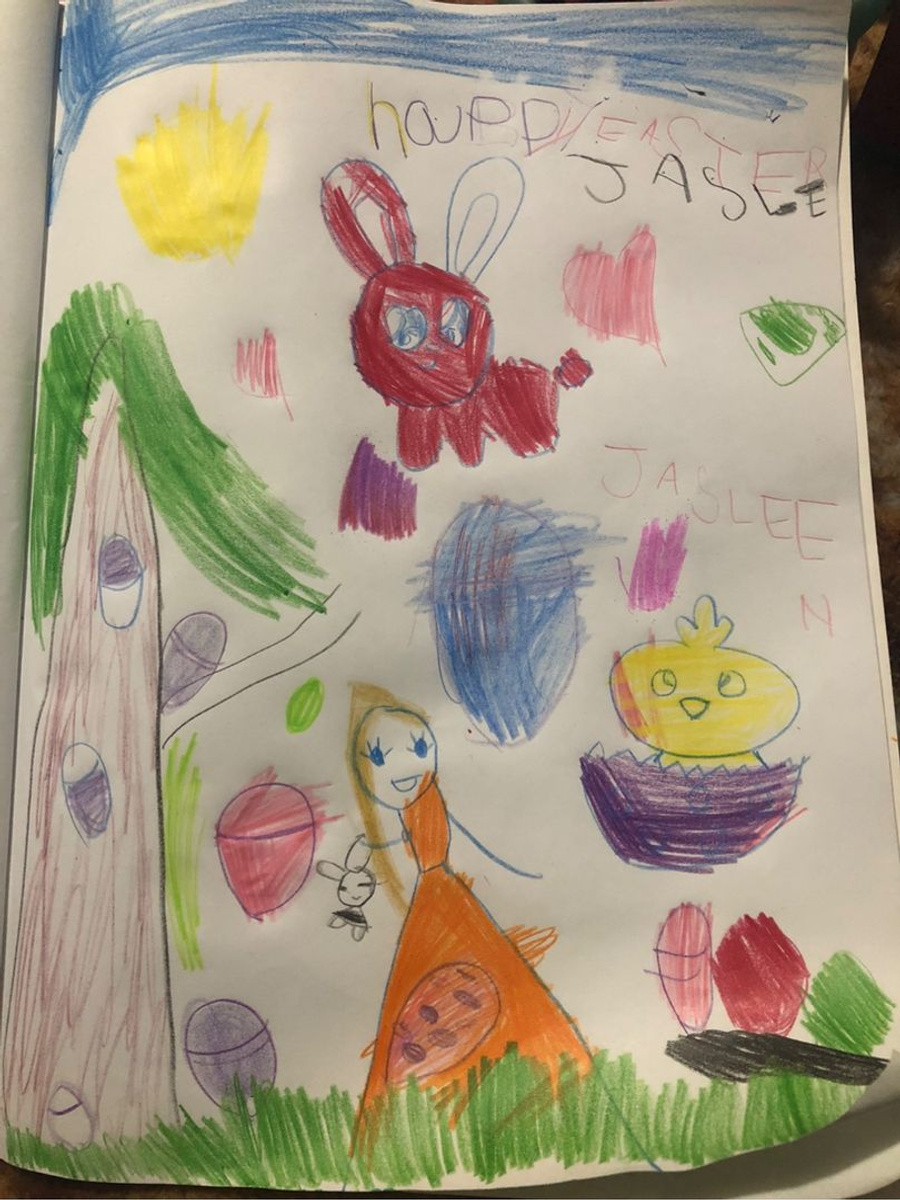
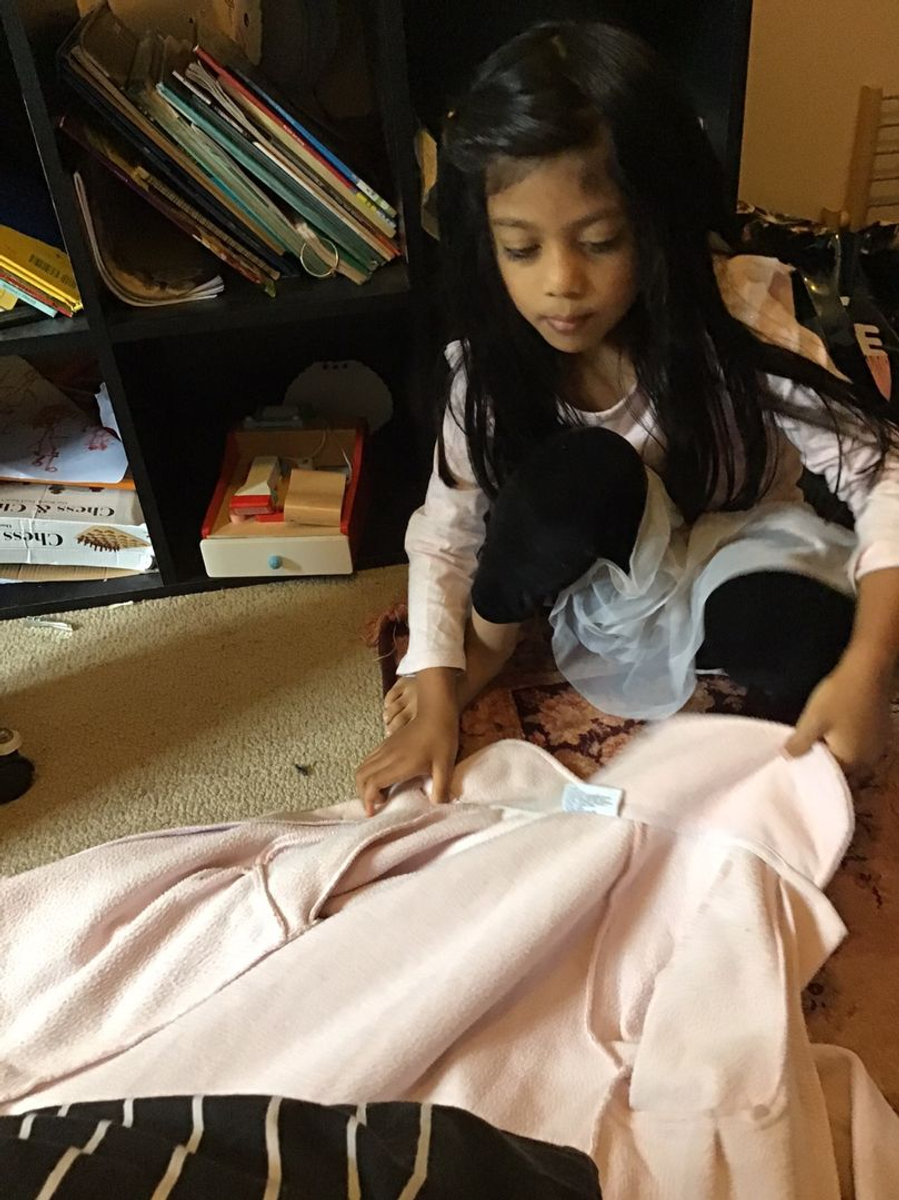
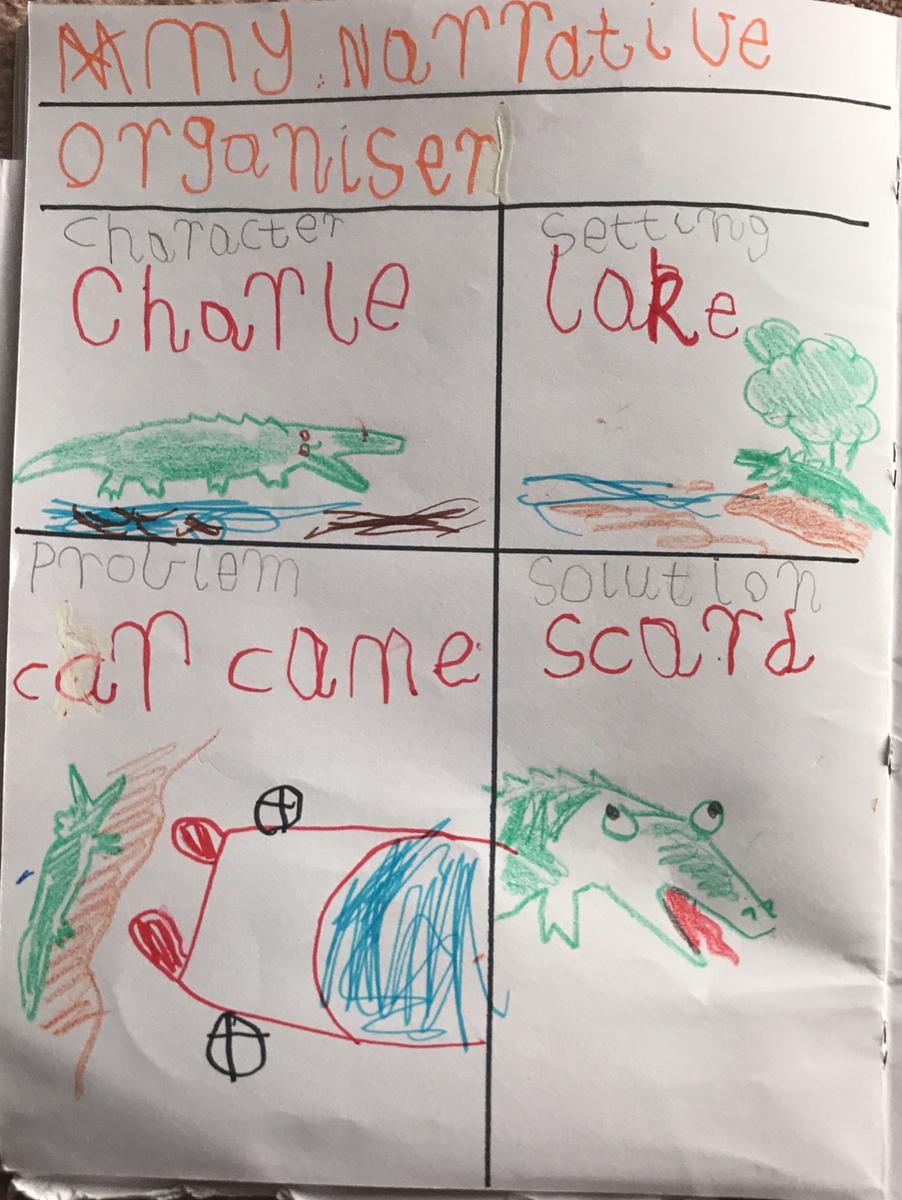

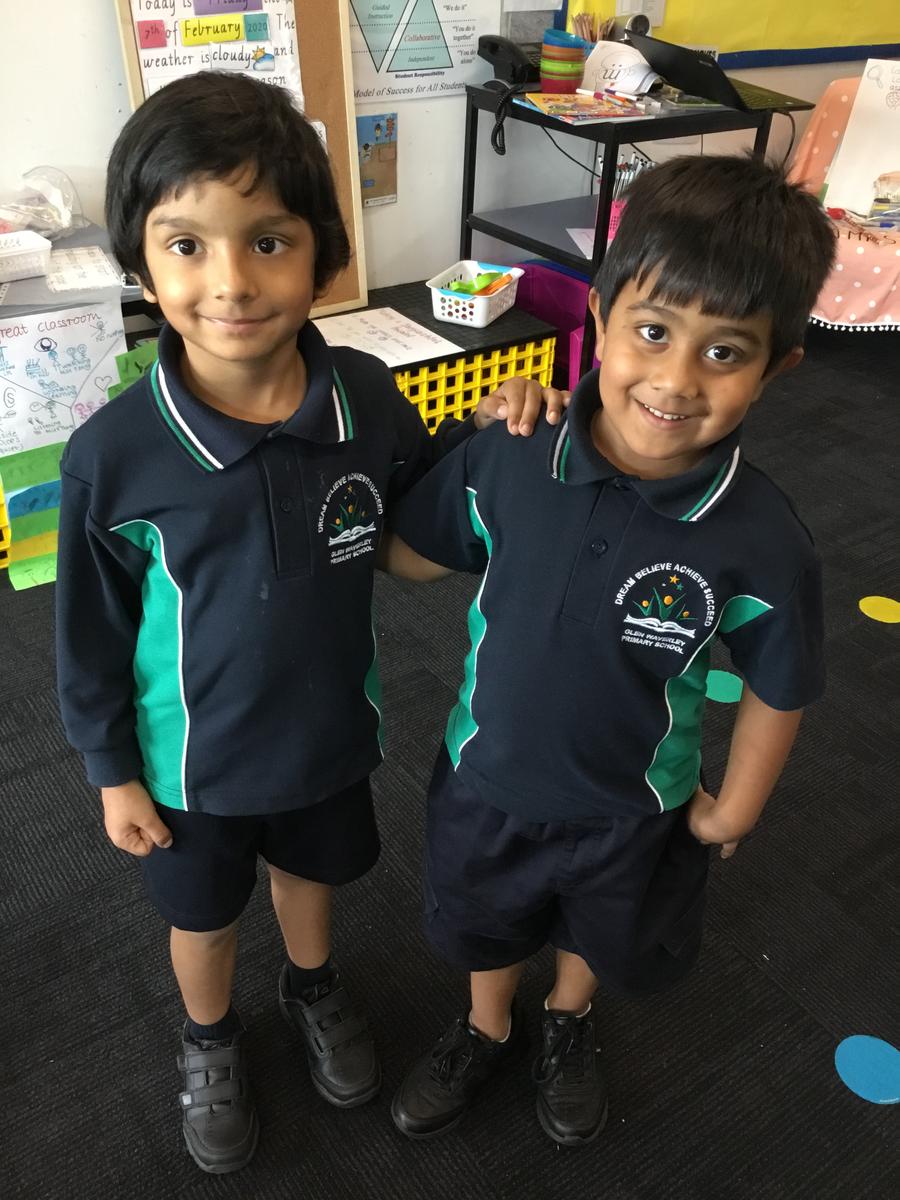
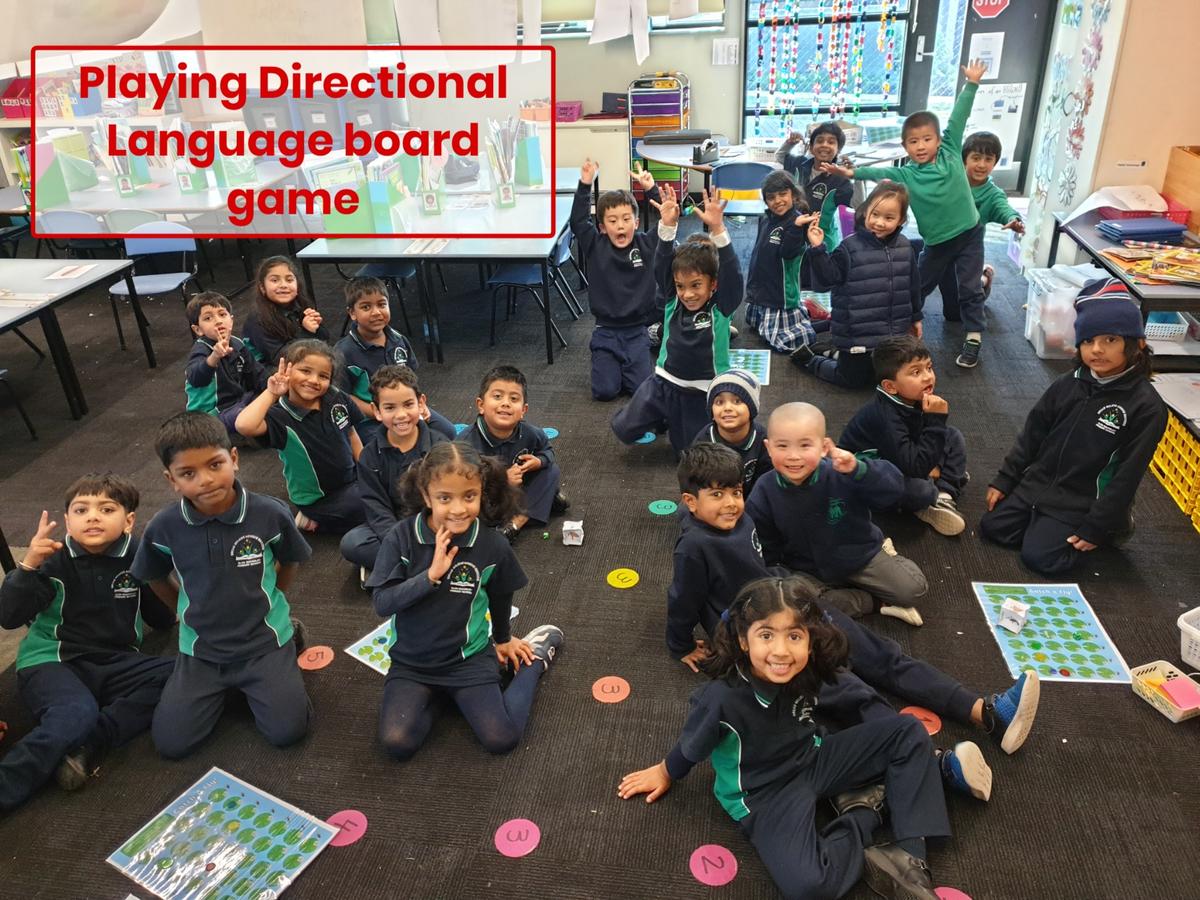

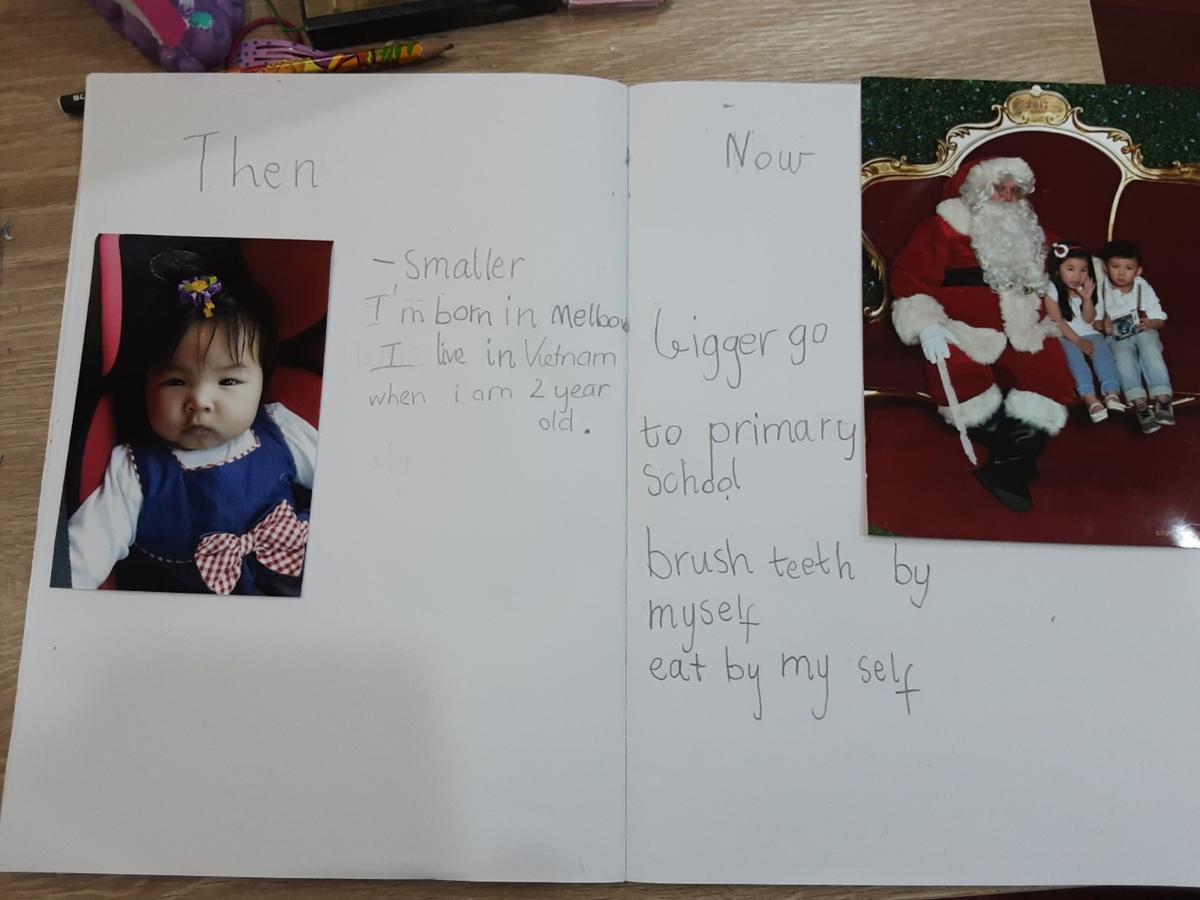
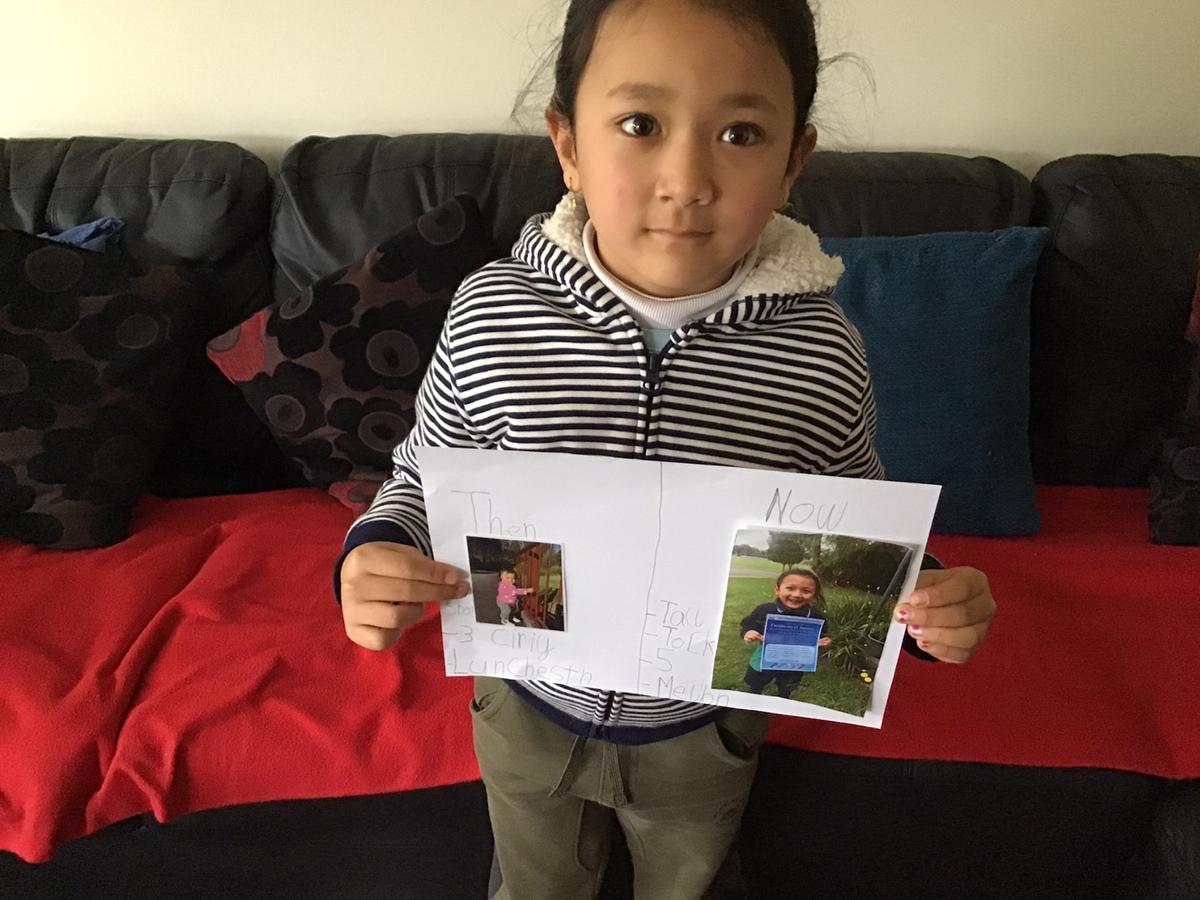
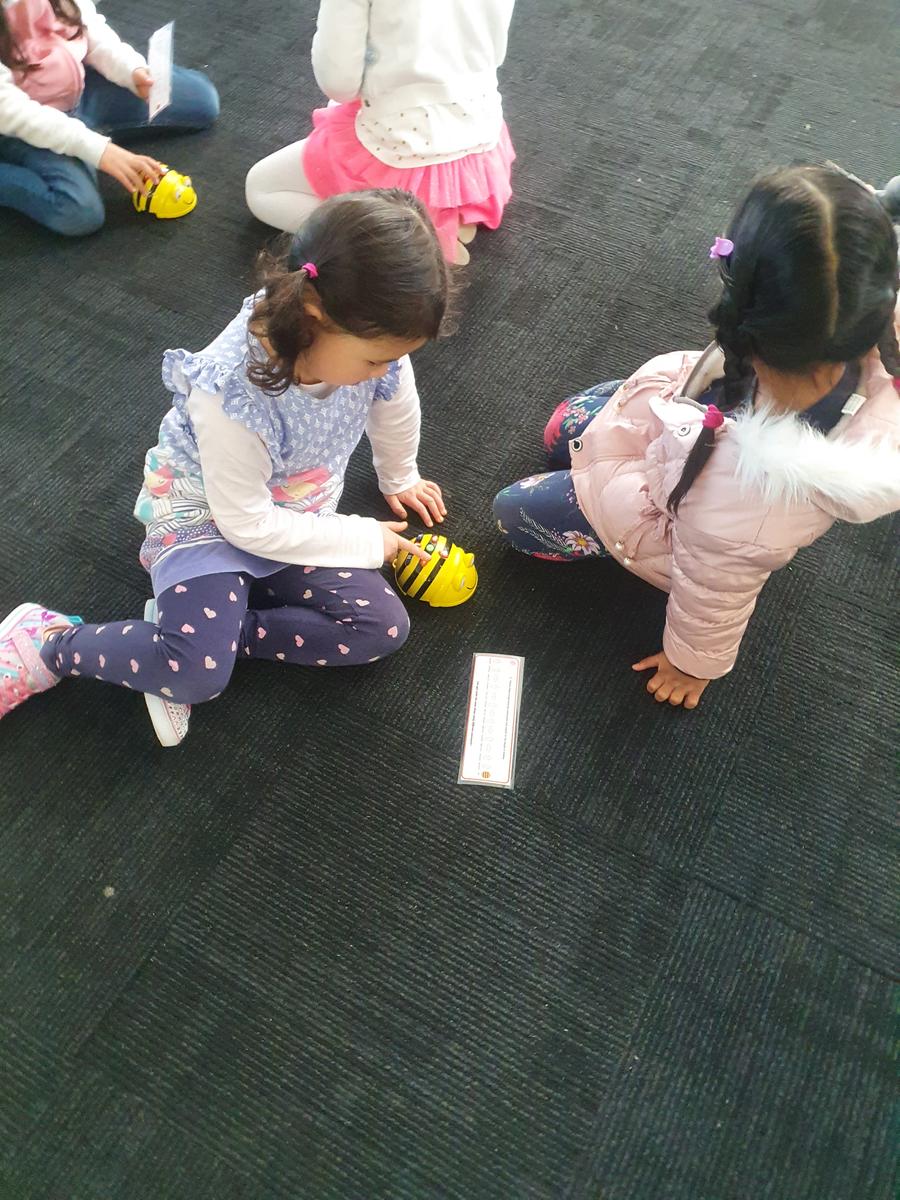














Daily Essentials for Learning from Home
Meeting Times with your teacher on Microsoft Teams
We wish to thank our fantastic families for ensuring that your child is ready for learning for their allocated meeting times across the week. The Prep teachers are aiming to continue individual and group conference meetings with your child and will keep you informed on a weekly basis of their Timetable. To ensure success, please note the times your child is attending and if you have any questions please contact your child’s teacher.
A few Learning from Home Tips:
Our unit of Inquiry ‘How do we grow and change emotionally?’ Is a rich unit of learning derived from the Victorian Curriculum learning areas, History and Intercultural Capability. Within this unit, learners will explore the concept of change within oneself through identity, emotions and their experiences of cultural celebrations. They will share significant past events and known cultural celebrations and consider their idea of identity and the roles of others within their community. This learning links closely to transferring our School Value, Global Empathy and our Global Goal: Gender Equality and will culminate with each class hosting a cultural celebration to the Prep classes during the final week of the term.
During Remote Learning, Preps will create Class Expectations of behaviour to support learning via digital means. Learners will be encouraged to be independent with their learning and will begin to use this to set their own goals. Through the You Can Do It Program Learners will be examining ‘Feelings and Emotions’ and connecting this to the School Value of Global Empathy and Respect through reflective tasks video recording uploaded onto Seesaw.
In Reading, Prep learners will continue their thorough investigation and application of the CAFÉ strategies that support growth in their reading skills. Learners will explore literary elements, making predictions, identifying the author’s purpose, as well as the skills of ‘cross-checking’ and ‘chunking’. Learners will develop personalised reading goals in collaboration with their teacher, receiving regular and specific feedback on their progress from both their teacher and peers.
What Parents Can Do at Home:
This term, students will develop strategies towards our Whole School Writing Program – VOICES.
Voice O - Organisation I - Ideas C - Conventions
E - Excellent Word Choice S - Sentence Fluency
They will explore VOICES through investigating Narrative and Information text types. Students will celebrate their success in creating their very own picture story book with their peers at the end of the unit. Within the second half of the term, students will explore the structure of Information texts and develop a sound understanding on Non-Fiction text features.
Some tips for writing with your child at home:
During Remote Learning, Prep learners will be introduced to the Whole School Approach of Spelling. This will include practising spelling high frequency words including Magic Words and the vocabulary they use frequently in their personal writing. They will learn the process and apply the strategy of Look, Say, Name, Cover, Write, Check (LSNCWC) to spell. Prep learners will continue to investigate letters and identify the different sounds they make individually and as letter groups, to form sound patterns. Prep learners will apply this letter knowledge to their personal writing to assist them with spelling previously unknown words.
This term our big Mathematics question is “How are numbers made?” Preps will be looking at the different ways' numbers are made with a focus on the Big Idea, Place Value. We begin looking at this concept by investigating how numbers larger than 10 can be made using groups of tens and ones. In the resource pack, which you would have picked up at the beginning of the term, includes a couple of resources that will support this- including the ten frames and the place value mat. We encourage families to use materials around the home such as marbles to use as counters or toothpicks and rubber bands to create bundles of ten.
Other concepts that we will investigate this term include Money, Addition and Subtraction. During the topic on Money, we will investigate what Australian currency looks like and compare these with the currencies from around the world. If you have any examples at home, it would be great to have a look at these with your child. Addition and Subtraction will be introduced through the concept of Part-Part-Whole and Whole-Part-Part, which looks at how numbers can be made using other numbers. Again, there are resources in the resource pack to support your child with this concept at home.